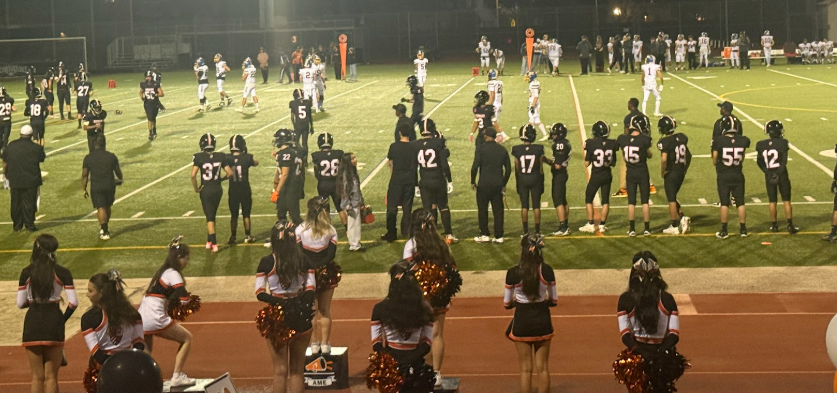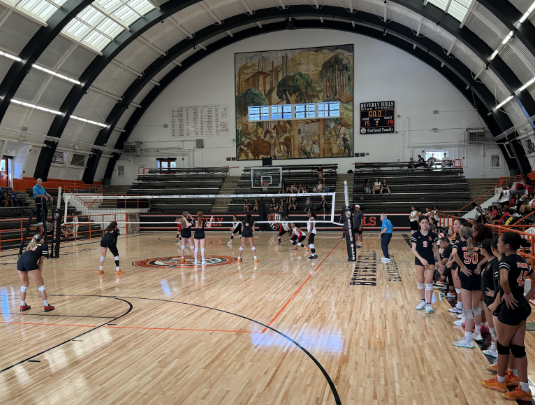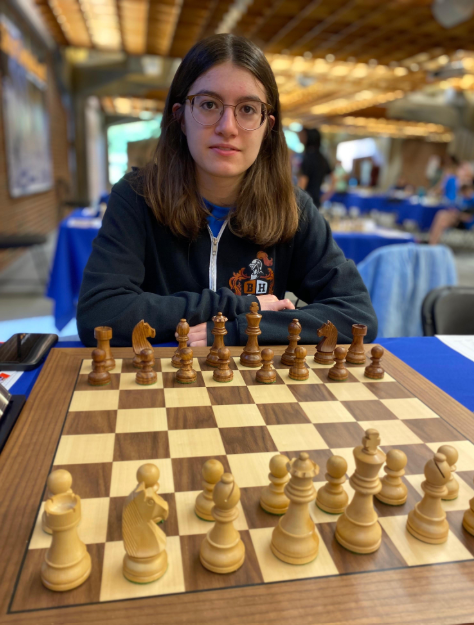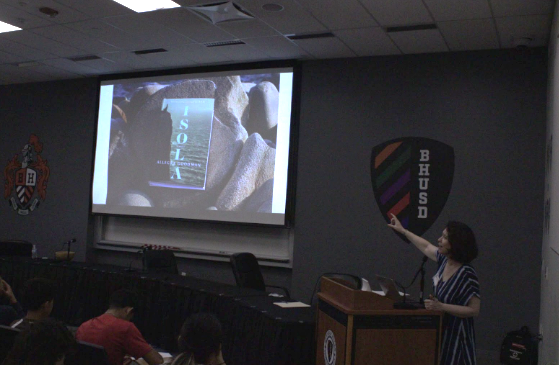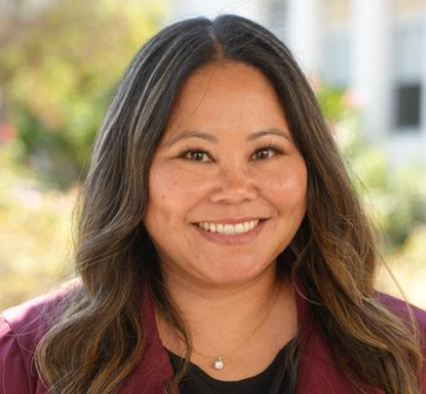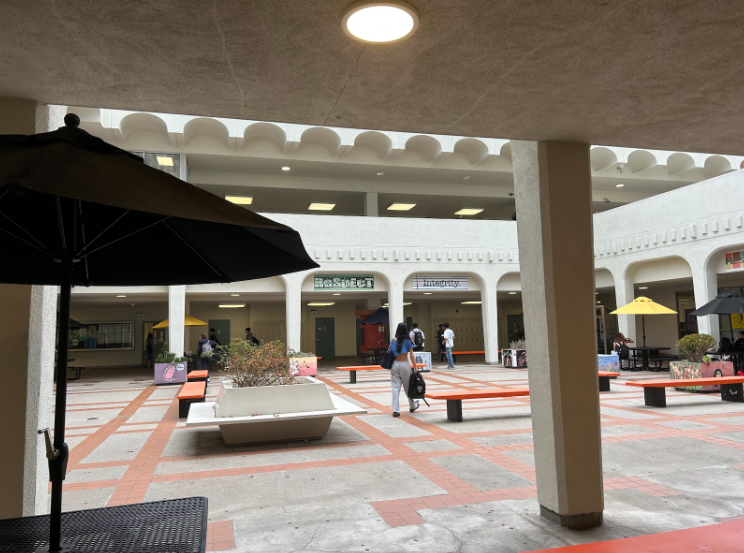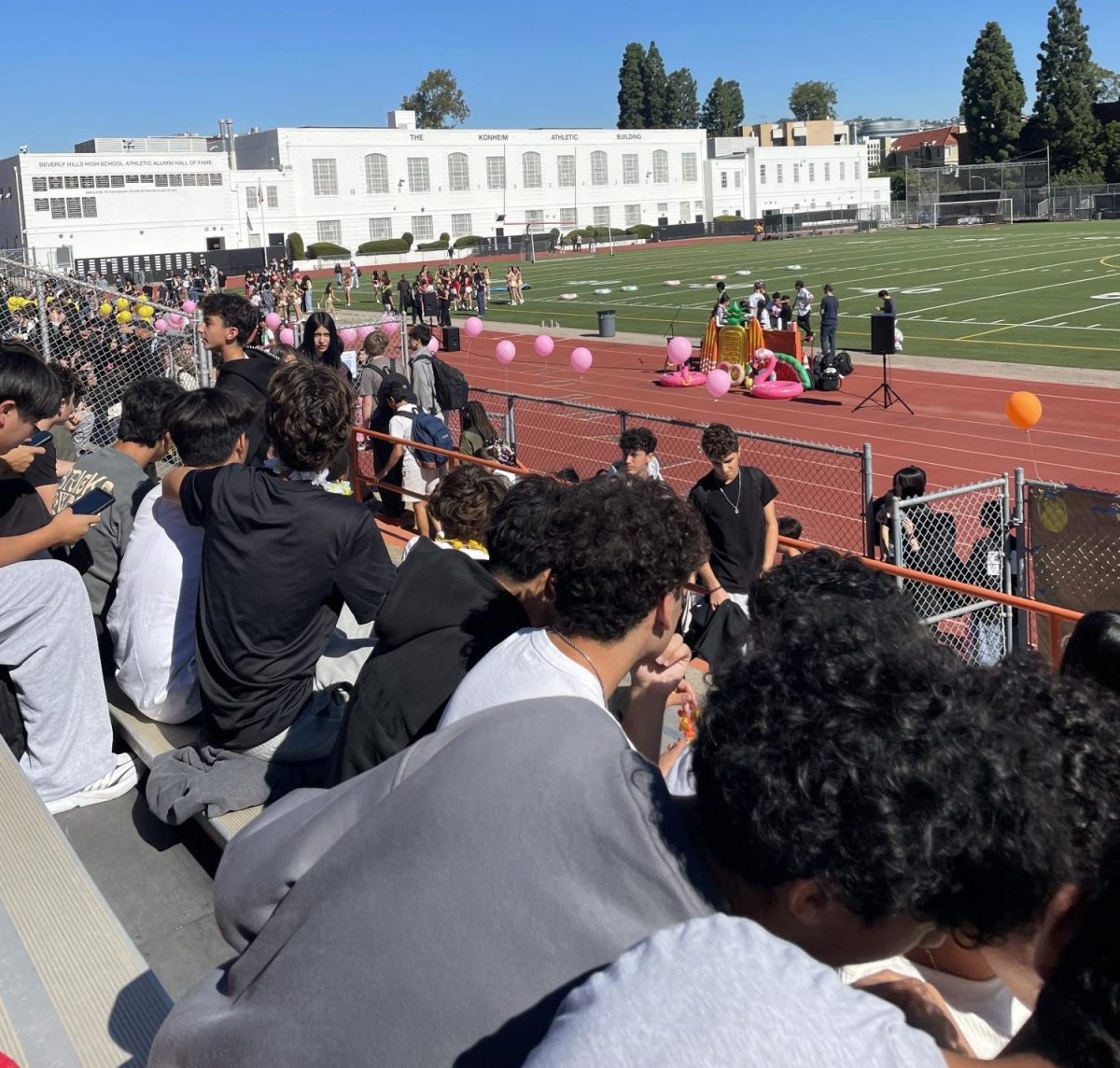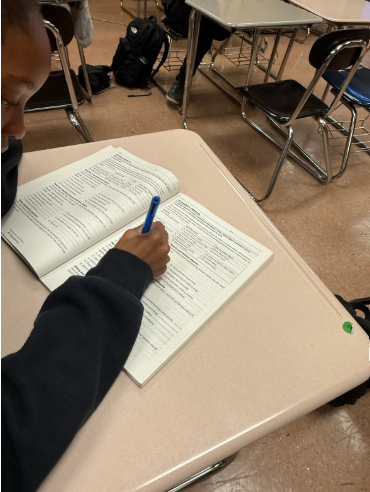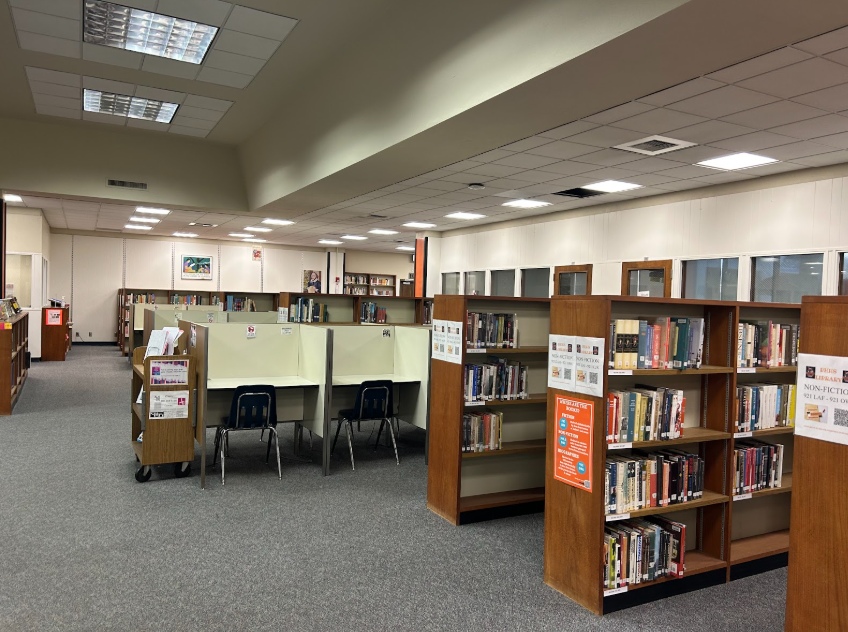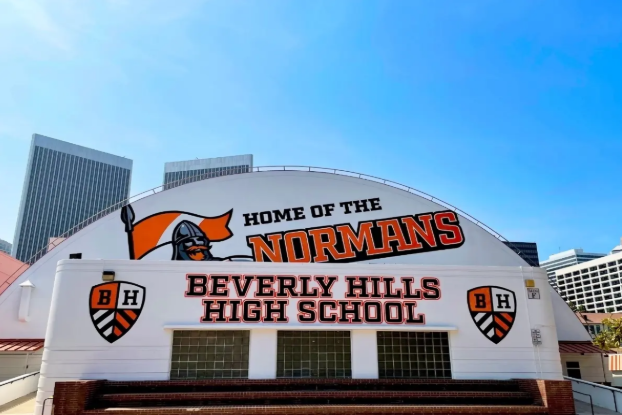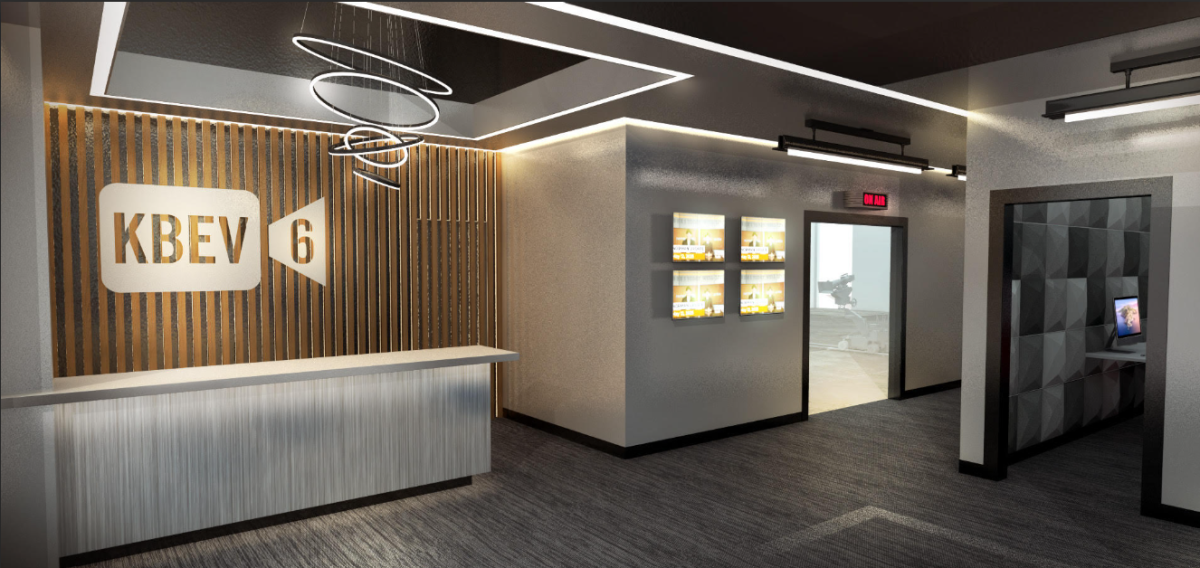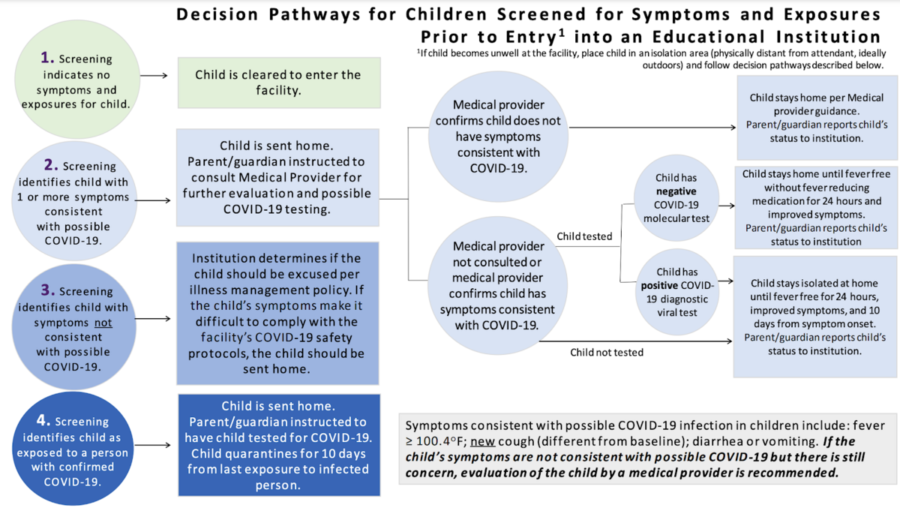Defne Onal staff member
On March 8, elementary grades TK-2 returned back to school, while grades 3-5 started on Tuesday, March 9. In hybrid fashion, students joined the “AM” cohort and the “PM” cohort using the Beverly Hills Unified District’s schedule.
“For students in the hybrid model, they will be receiving a portion of their daily instruction in-person at school and a portion of it at home via online learning platforms. The groups that attend school in person are called stable groups. Everyone on campus, adults and students alike, will need to follow the county guidelines for health and safety including: physical distance of 6′, masks, and frequent hand hygiene,” Beverly Hills Education Association (BHEA) President Alana Castanon said.
According to a percentage done by BHUSD Communications Director Rebecca Starkins; approximately 68% of students will be continuing their education in-person and 32% of students will be online. Online is a combination of continuing virtual instruction or it means that the students are in ILC’s one-semester commitment. That’s for both elementary schools put together.
Classrooms are limited to 14 students and 2 adults.
“It will be difficult for us to adjust to all of the new situations as well,” fifth-grade teacher Michelle Stradford said. “We are learning a brand new schedule two-thirds into the school year. There are also several students moving into different classes, so we will be meeting some students for the first time next week!”
When students are not at school, they’ll have asynchronous learning.
“They’ll log into Zoom, for whatever the subject is that day. The people who are staying virtual will have the full day. Then, [students that aren’t fully virtual] will essentially roll up to the school whether they walk or they drive,” Starkins said.
Teachers plan to incorporate technology they learned as a result of distance learning into hybrid classrooms as well.
“Teachers have really learned a lot of new technologies during distance learning. I can only speak for the TK-5s, but we have utilized a ton of new programs to deliver instruction (Kami, Freckle, Nearpod, and many more). We’ve also worked hard to address our standards with fun sites like Kahoot, Blooket, Pixton, and many more,” Stradford said.
As a result of hybrid learning, less digital work will be assigned as well.
“With the return to campus, students will likely see more typical pencil and paper assessments instead of only digital assessments. We will be doing progress reports and report cards as we always have,” Stradford said.
In order for children to enter campus, a parent must complete a health screening every day through ParentSquare.
“In elementary, the parents have to do it. In middle and high school, the kids can actually do it for themselves. It’s all prefilled. If you get a green checkmark, [that means] come on in. If you get a red X, you got to stay home. If you’ve been out of the state, then you have to quarantine for 10 days,” Starkins said.
Elementary students will get a stamp on their hand to show school security that they’ve gotten a health screening, and then they will go through a thermal screener. The colors of the stamp will be according to which school the student attends.
“The LA County Department of Public Health has approved that a stamp cannot transmit COVID. Using the same stamp on multiple hands won’t transmit COVID. The kids go through a thermal screener. It takes the temperature where your cornea is. You don’t even know you’re going through it,” Starkins said.
If a fever is detected by the thermal screener, the student will be taken to an isolation room where they will be offered an on-the-spot COVID-19 test.
“If the parent gives explicit consent, then they will swab the inside of the nose. They will put it in a test tube, send it off to a testing partner, and they will then process the test. They will let the parents know what the result was. If they have a COVID symptom, and they refuse to get tested, they need to stay home for a 10-day quarantine,” Starkins said.
Students are given lanyards that are of different colors. These colors correlate to which grade level they’re in. The color-coordinated lanyard will also help teachers guide the students to where they have to be.
Only two students are allowed to use restrooms at once to avoid congregating. As a means of “blocking-off” the stalls that can’t be used, students will hang lanyards on the hooks of stalls.
Elementary students will also be kept six feet apart. Pool noodles will be utilized to help students conceptualize how far a six-foot distance is and how to maintain it.
In terms of COVID-19, students will not eat food on campus with masks off. On their way out of school each day, all students will receive a “grab-and-go” breakfast and lunch.
As for emotional well-being and support, additional staff will be present on-call.
“Transitions are hard for kids and adults alike, and there will be a period of adjustment coming back to campus. Learning a new schedule and following safety protocols will be something we will be sure to focus on the first few weeks back on campus,” Stradford said.
A common worry is that students will fall behind academically.
“This has been on the minds of all teachers, which is why we have all been working so hard to address any learning gaps from the previous year and to be sure that we address all standards this year,” Stratford said. “We know our students are incredible and resilient. They will continue to make strides, show growth, and achieve proficiency across the subject areas.”







